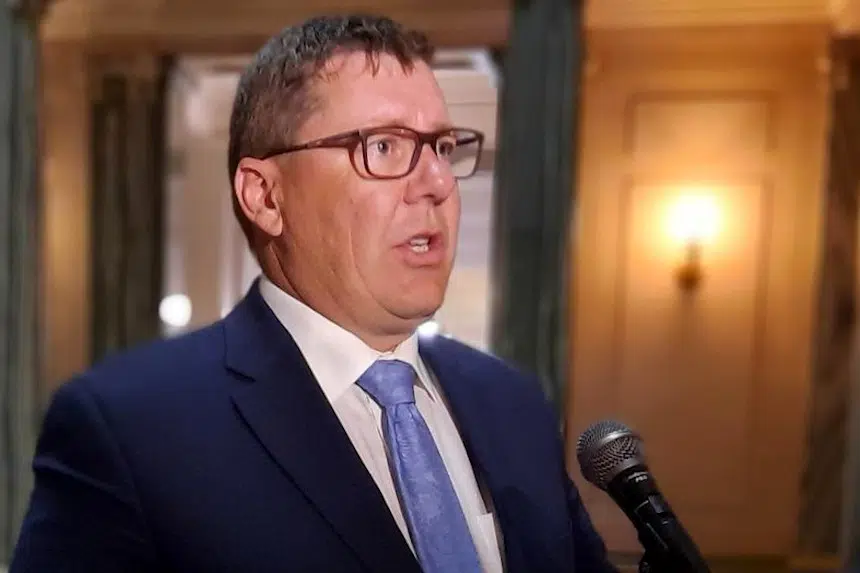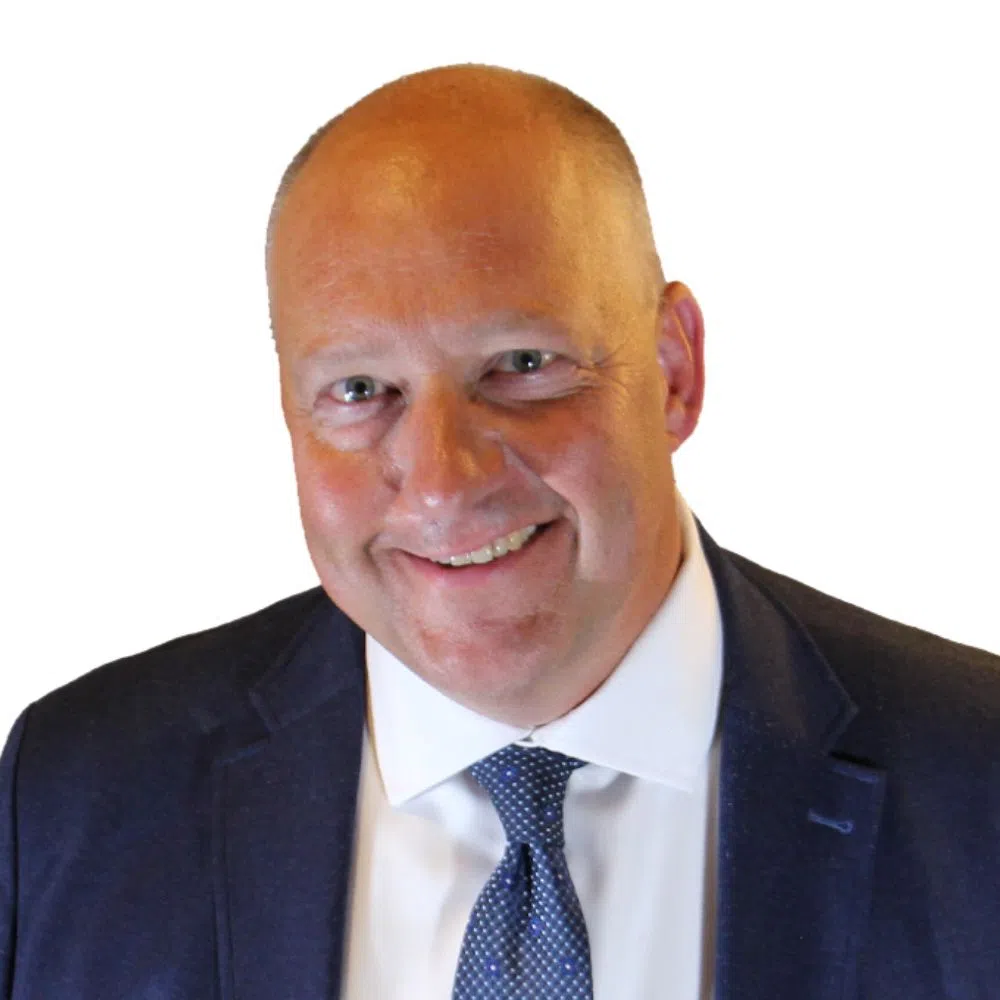Saskatchewan’s premier is hoping the port strike two provinces away in B.C. will end soon.
Speaking at the Council of the Federation premiers meeting Wednesday, Scott Moe said the impact of the strike has moved beyond the borders of B.C.
“It is a port for all Canadians,” said Moe.
The premier said that 40 per cent of Saskatchewan products go through the Port of Vancouver, and 20 per cent of all the products that move through that port are from Saskatchewan.
Nutrien recently announced it would be curtailing production at its Cory mine in Saskatchewan because it couldn’t get its product out. Moe said potash not being able to get out of Saskatchewan wasn’t good because it’s less carbon intensive than the potash produced in other parts of the world.
“Today, it might be easier for you to get a tonne of Russian potash fertilizer than it is to get a tonne of Saskatchewan potash fertilizer,” said Moe.
The premier also gave credit twice during his comments to federal Labour Minister Seamus O’Regan for being on the ground in B.C. and helping to resolve the dispute.
“The best agreements obviously come at the bargaining table and we would encourage everyone to stay at that table and maybe even go back and allow the products to flow,” said Moe.
He said he wants everyone involved to find a resolution “for the betterment of not only yourselves, not only the operations that you’re working with, but to the betterment of all Canadians.”
Much of the focus for the last day of the premiers’ meeting was on infrastructure. As a group, the premiers are asking for a first ministers’ meeting dedicated to infrastructure.
Moe had previously said it should focus on three areas: Community infrastructure, economic infrastructure, and infrastructure to maintain Canada’s competitiveness in the world.
When speaking about the port strike and its economic impacts, Moe said that’s why the conversation around Canadian infrastructure is so important.
“It is paramount for us to sit down as the subnational leaders across the nation, with our national government, to map out what a national infrastructure priority and investment plan is going to look like,” said Moe.







